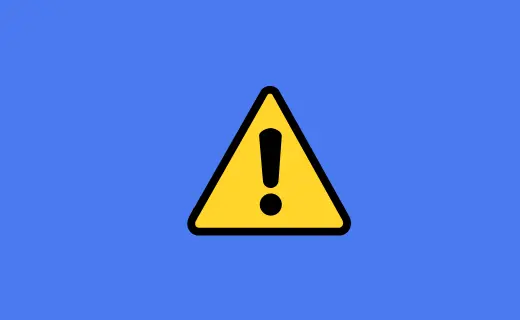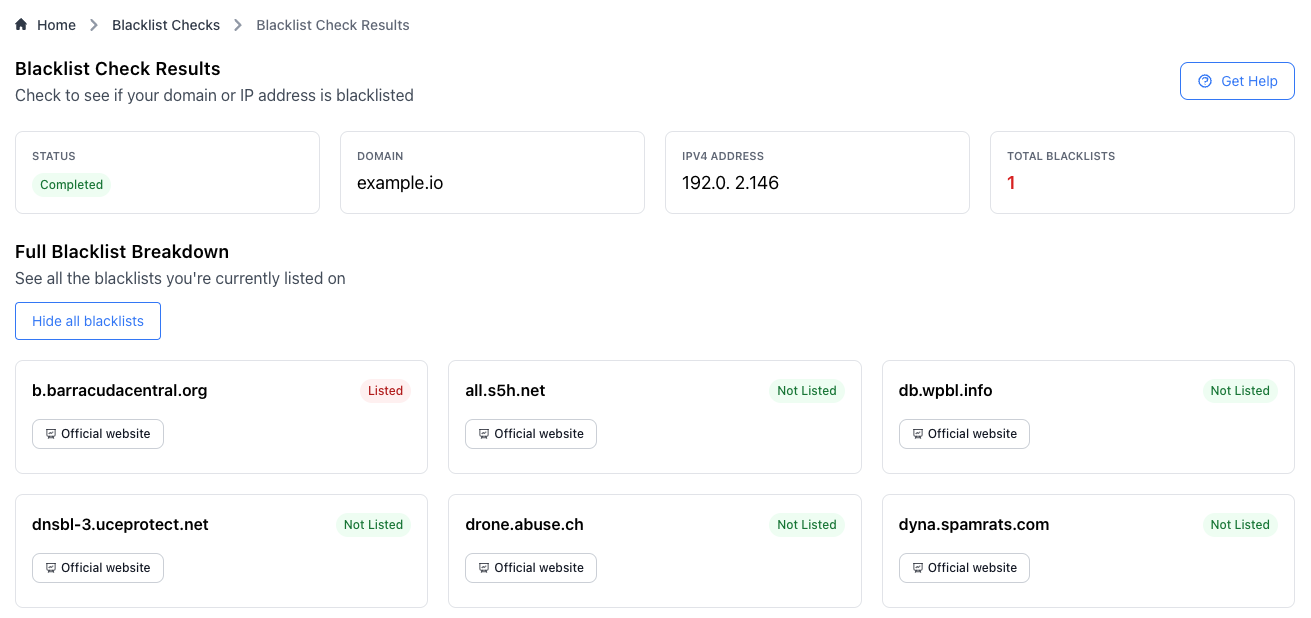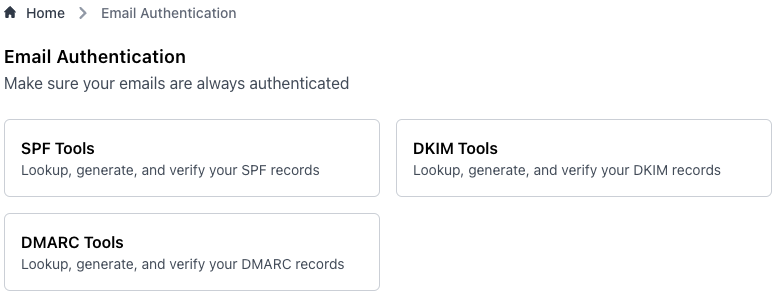How to article
UCEPROTECTL3 Blacklist: How to check and remove it?

UCEPROTECTL3 is a DNS-based blocklist that guards against spam and harmful emails. If your domain gets listed, this could affect email deliverability and reputation.
This article will give you a better understanding of UCEPROTECTL3 blacklist, how to check if a domain has been listed, how to remove it, and all the best practices to keep you out of the UCEPROTECTL3 blacklist. Knowing about UCEPROTECTL3 is crucial in ensuring your emails go through to deliver the message. In this section, learn how to overcome UCEPROTECTL3 issues and protect your email reputation from potential problems.
What is UCEPROTECTL3 blacklist?
UCEPROTECTL3 is the blacklist used by email servers to reject emails from domains and IP addresses that are suspected of sending spam or any other junk. In other words, it is a sister of the UCEPROTECT blacklist family, maintaining a list of troublesome Internet protocol addresses to protect all e-mail users from unwanted messages.
UCEPROTECTL3 focuses on the Internet protocol addresses included in bulk spam operations or otherwise labeled abusive. Listing on UCEPROTECTL3 may affect email deliverability by having recipient servers mark legitimate emails as spam or reject them. Details of this blacklist and how it is managed help keep the effectiveness of email communication.
Why is UCEPROTECTL3 blacklist important?
UCEPROTECTL3 is essential in ensuring email security by detecting and blocking spam, among other malicious email sources. They will blacklist your domain name/IP, and your emails are either flagged as spam or rejected in case your IP appears on UCEPROTECTL3. It can result in communication breakdowns or damage to your reputation. It will affect customer relationships and operational efficiency for business people and organizations.
UCEPROTECTL3 can ensure email service continuity, easy delivery of legitimate messages, and maintenance of your email reputation. Proactive management of listing status is critical to building trust and smooth communication with the public.
UCEPROTECTL3 blacklist and email reputation
UCEPROTECTL3 has a significant influence on your email reputation. It can substantially dent your domain's credibility and affect your email's relationship with email servers. If your domain gets listed on UCEPROTECTL3, then either junking or completely blocking your emails can be done by email recipients' servers.
It will lower the deliverability of your emails and even hurt your reputation with recipients. A poor email reputation can signal less trust and openness to your audiences. You may be required to monitor and manage your status with UCEPROTECTL3 to ensure a positive email reputation and deliver your communications efficiently, effectively, and professionally.
Signs of UCEPROTECTL3 listing
A UCEPROTECTL3 listing can be essential for deliverability. Historical warnings include a rise in your bounce rate, email failure, or messages being identified as spam. You could also obtain information that emails from your domain are not delivered to the inbox or are just ending up in spam.
Notifications by email service providers and monitoring tools about blacklisting issues can also represent a UCEPROTECTL3 listing. These issues can be spotted and resolved quickly if you check the status of your domain regularly using blacklist monitoring services. It will enable your email communications to remain effective and trusted.

How to check if your domain is listed on UCEPROTECTL3
Check the status of your UCEPROTECTL3 by first accessing a reputable blacklist monitoring tool or website that supports the UCEPROTECTL3 database. Enter your domain or IP address in the search field and run the check. The tool will query UCEPROTECTL3 to determine if your address is listed in their database.
Review the results for any indications of listing. If you get listed, you will have all the details regarding the listing status and possible reasons. One can fix things quickly and keep good email deliverability by regularly tracking this.
Tools to check UCEPROTECTL3 blacklist
Several tools are available online to help you check your UCEPROTECTL3 status effectively. Among EmailGuard, MXToolbox includes UCEPROTECTL3 in its blacklist-checking utility. Other good ones include DNSstuff, which gives you a much more detailed look at your DNS and blacklist monitoring, MultiRBL, and Spamhaus.
All of these provide services for checking numerous blacklists, including UCEPROTECTL3. These tools can be helpful if used regularly to keep yourself up-to-date with the reputation of your email and act on issues that may pop up, ensuring the deliverability of your emails and integrity in the standing of your domain.
How to remove your domain from UCEPROTECTL3 blacklist
If you are listed, check the details specified by that listing tool; this usually includes the reason for the listing. You may contact UCEPROTECTL3 directly if you need more information or even clarification. Be sure that any data showing the listing is current and accurate. This verification process will help you understand why your domain got listed and will guide you through the steps to get it delisted. Correct verification is crucial in troubleshooting problems and retaining a good email reputation.
To remove a UCEPROTECTL3 listing, first address the reason for the listing, be it spam or security issues. Then, go to the UCEPROTECTL3 website and contact support to request removal. Proceed with the stipulated procedures for delisting.
Dealing with False Positives
Such false positives on UCEPROTECTL3 occur when valid domains or IP addresses are listed. To handle these, first confirm that the listing by a reliable blacklist-checking tool has taken place. If you prove this is a case of a false positive, gather proof of your clean record for the domain and email security practices.
Contact UCEPROTECTL3 about the false listing, provide details of identity and documentary evidence, and demand review or removal of the wrong listing. Implementing the best practices for email security and spam prevention is good.
How to avoid UCEPROTECTL3 blacklist
Set up good email security and best practices to avoid the risk of UCEPROTECTL3 listings. Keep your email systems updated to defend against vulnerabilities and ensure they haven't been compromised. Suitable email authentication methods also mean keeping an exemplary configuration for emails with regard to SPF, DKIM, and DMARC records. Monitor your domain and IP addresses with blacklist checkers so that at the first sign of trouble, you can act on it.

Educate your team on preventing phishing and spam from accidentally landing your server on one of these lists. Clean your email lists of inactive or invalid addresses regularly. Ensure that you exercise safety measures by watching, for this will reduce the chance of listing on UCEPROTECTL3.
Keep your email reputation healthy
First and foremost, a good reputation is needed for your email to be delivered effectively. Watch out for your domain and IP address using blacklisting monitoring so you stay proactive. Consistently implement good security features such as SPF, DKIM, and DMARC.
Remove inactive or invalid emails from the email lists and maintain good email content to avoid spam. Use professional and consistent emailing methods to instill trust among these recipients. Try to respond as quickly as possible to compose and deliver failures, and educate your staff on best practices to maintain a good email reputation.
UCEPROTECTL3 and other blacklists
UCEPROTECTL3 is part of a larger email blacklisting network, which includes UCEPROTECT Level 1 and Level 2, among others. It is focused on specific IP addresses noted for spamming or abuse. Other blacklists may target other criteria or broader ranges. Their interaction could affect your deliverability, where listing by several influences your reputation.
These blacklists mentioned above should be checked regularly to ensure that no persecution takes place and problems are addressed on time. Take time to understand how UCEPROTECTL3 works with other blacklists in providing your email reputation and deliverability are well managed.
Additional resources
Get some fantastic help for UCEPROTECT-L3 problems. First and foremost, visit the UCEPROTECT website to know their blacklisting criteria better and the lines of their delisting process. Use blacklist monitioring tools or contact an email deliverability expert for more information. Participate in online forums and groups related to email security and URL blacklists for support from peers and recommendations. You can also contact your email service provider for assistance, along with best practices to avoid blacklisting. Such resources will help resolve UCEPROTECTL3 listings and maintain a clean email reputation.
Conclusion
Keeping a good email reputation and ensuring your communication works to the best of its abilities involves understanding and managing UCEPROTECTL3. Regularly checking on the status of your domain, using accurate tools, and solving issues in a timely manner will help you avoid or resolve listings on UCEPROTECTL3.
Such measures will go a long way toward ensuring that your email communications remain reliable and trustworthy. Moreover, the proactive management of UCEPROTECTL3 listings ensures smooth and uninterrupted email service through continued domain credibility.
Everything you need to power up your email game in one place.
Start now for free. No credit card required.
